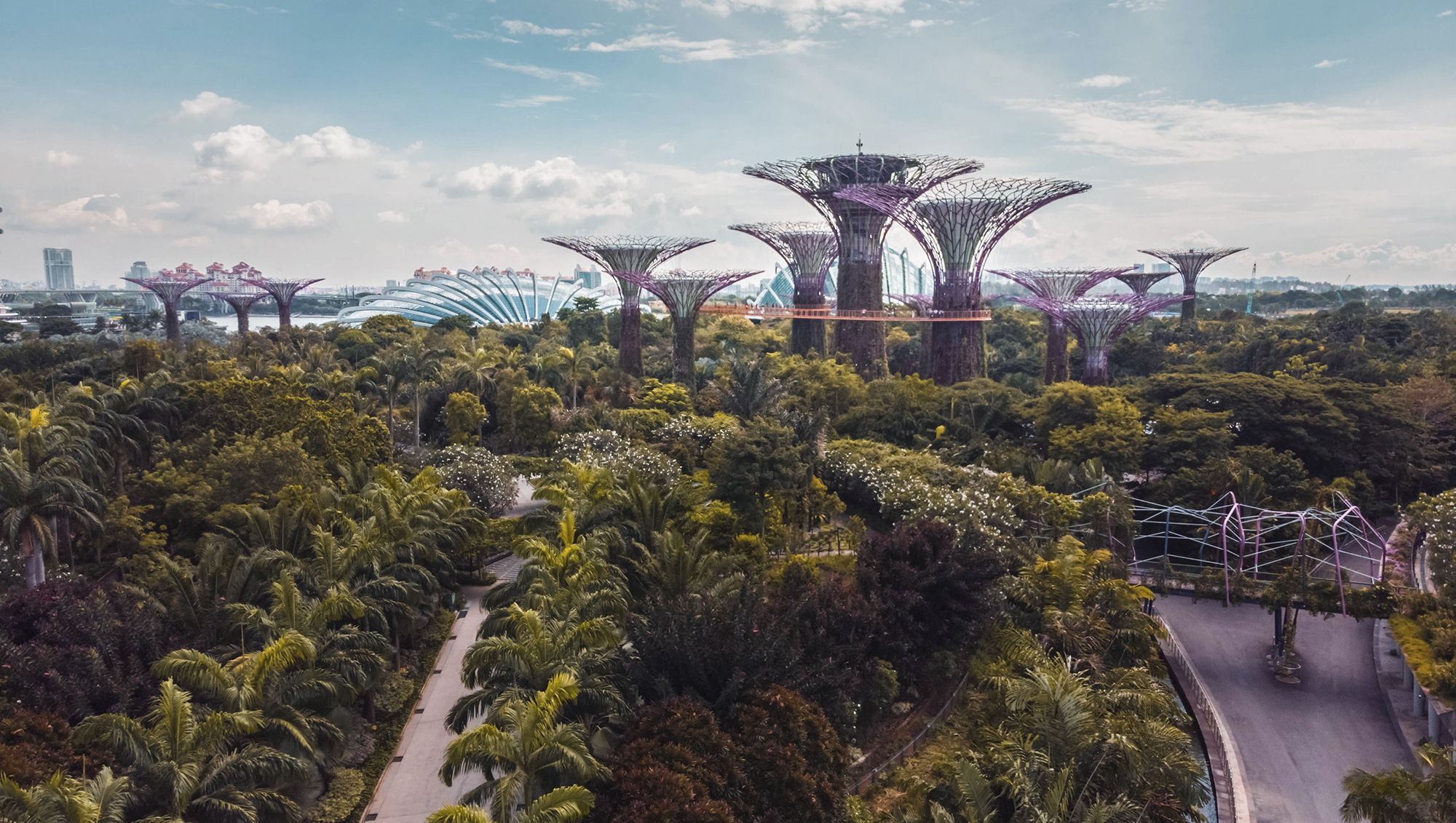No other financial organization has such a strong background in the sustainable development of cities as the Inter-American Development Bank (IDB). The bank has been working since 1959 with the conviction that economic development can take place in a way that both reduces poverty and respects the environment. The IDB carries out its research, aid and technical assistance projects in Latin America and the Caribbean. We talk to Ellis Juan, General Coordinator of the IDB’s Emerging and Sustainable Cities Initiative (ESCI).
Do you think that Latin American citizens are aware of the importance of sustainability for coherent development?
They are in the early stages of a learning curve related to “sustainability culture”. There is a level of awareness when it comes to solid waste management and the use of wood as a household fuel, but they are a long way from having such an appreciation with regard to basic services such as energy, water, recycling, etc.
What, for the IDB, is a sustainable city?
It is a city that can offer its residents quality of life while also preserving its physical assets (urban infrastructure) and environmental resources (rivers, lakes, forests, etc.) for future generations.
Can you give an example of a project currently underway?
Our work in Tegucigalpa, Honduras, developing an urban-environmental corridor on the Choluteca River. This urban and environmental infrastructure project involves multi-sectoral interventions that will make direct improvements to the quality of life of citizens and also enhance the situation of the river as it passes through the city.
Key investment projects in the port and downtown of Asunción. This is part of the Asunción in Paraguay Port Area Rehabilitation and Usability Expansion Operational Strategy and Master Plan.
What indicators do you analyze?
Around 140 indicators are studied and these are grouped into four areas (environmental and climate sustainability, urban sustainability, fiscal sustainability and competitiveness). The measurements are carried out through the analysis of existing databases, surveys and sectoral knowledge approaches.
Do you think that some sustainability studies do not result in action plans because of a lack of financial support? Should there be more commitment from governments and the financial organizations?
The major challenge of sustainability in cities is in being able to mobilize the necessary capital (public and private) to cover the substantial investments. Given the credit quality of our cities in the region, with the exception of some capital cities, it is very difficult to attract the necessary funding in the timescales required. An action plan for an average city in our program involves investment of between 1,000 million and 1,500 million dollars in a five to seven-year period. Mobilizing this much capital is the challenge. It is not so much a matter of the availability of the financial markets, as the perception of risk.
Are there still people who are unwilling to provide their information to projects related to Big Data?
On this matter we are even closer to the beginning of the learning curve. The advantage is that the penetration of the Internet and smartphones is high. This will assist progress in collecting data and integrating the citizen into a new, “smart” form of managing the city. I think that it will greatly facilitate the task of providing citizens with more efficient public services in the near future.
© IE Ideas.











